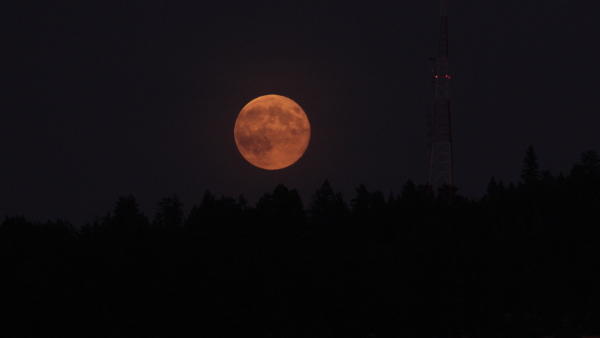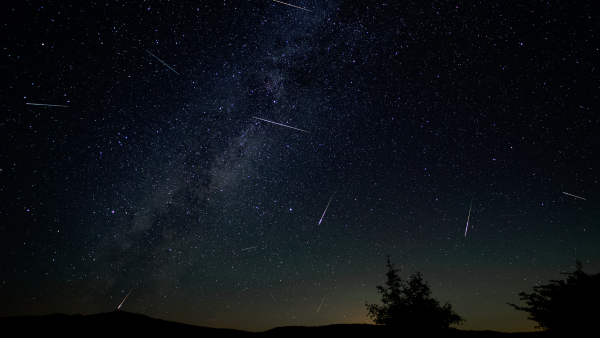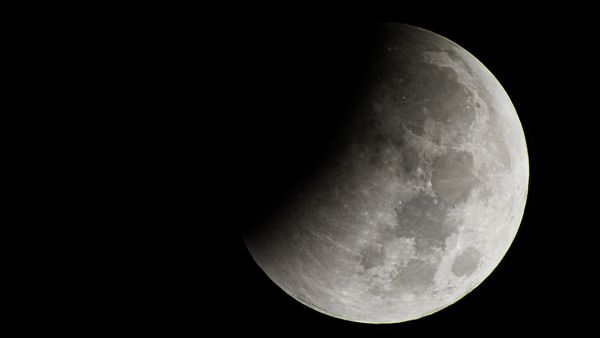Updated January 31st, 2024
Mark your calendar: Astronomical events in 2024
There are so many incredible ways to experience nature on our Earth that people might not remember to look up and experience the wonders of the sky. This year, we have some major astronomical events happening and Dayton gets a front row seat.
TOTAL SOLAR ECLIPSE
Daytonians are in for a celestial spectacle on April 8, as the total solar eclipse is best viewed in our region. Why? Because Dayton geographically falls into what is called the “path of totality.”
When the Moon passes between the Sun and the Earth, it creates an eclipse. This eclipse completely blocks the Sun, making it briefly appear as dark as night in the middle of the day. According to NASA, Dayton will experience just over 2 minutes and 30 seconds of darkness beginning at 3:09 p.m.
People can safely watch the solar eclipse but must wear with special glasses, which can be purchased online or at local retailers.
Be sure not to miss the eclipse, as the next total solar eclipse won’t be for another 20 years in August 2044.
Check out a full list of events celebrating the total solar eclipse at the Dayton Convention Center and Visitors Bureau website.
MetroParks Pro Tip: Prime viewing locations in your Five Rivers MetroParks include Eastwood MetroPark (lakeside), Carriage Hill MetroPark and Possum Creek MetroPark.

FULL MOONS
This year, there will only be 12 full moons, rather than 13. The good news; however, is that you can spot the last blue moon until 2026 this August. Also, there is a fall season full of super moons. Moons are considered “super” when the moon’s orbit is closest to the Earth at the same time it is full. This often makes the moon appear larger and brighter. Save the date for the following full and super moons this year:
- February 24: Snow Moon
- March 25: Worm Moon
- April 23: Pink Moon
- May 23: Flower Moon
- June 21: Strawberry Moon
- July 21: Buck Moon
- August 19: Sturgeon Moon (Super Moon and Blue Moon)
- September 17: Harvest Moon (Super Moon)
- October 17: Hunter’s Moon (Super Moon – closest to Earth)
- November 15: Beaver Moon (Super Moon)
- December 15: Cold Moon

METEOR SHOWERS
Perfect viewing conditions for meteor showers call for little glow from the moon, city lights and a clear night sky. Often, meteor showers will peak overnight in the early morning. Those who want to catch meteor showers on full display – away from city glow – should consider reserving a campsite during a meteor shower’s peak.
- Lyrids: April 15 to 29 (predicted to peak April 21)
- Eta Aquariids: April 15 to May 27 (predicted to peak May 5 to May 6)
- Southern Delta Aquariids: May 29 to June 17 (predicted to peak June 7)
- Perseids: July 14 to September 1 (predicted to peak August 11 – 13)
- Draconids: October 6 to October 10 (predicted to peak October 8)
- Orionids: September 26 to November 22 (predicted to peak October 20)
- Southern Taurids: September 23 to November 12 (predicted to peak November 5)
- Northern Taurids: October 13 to December 12 (predicted to peak November 12)
- Leonids: November 3 through December 2 (predicted to peak November 18)
- Geminids: November 19 to December 24 (predicted to peak December 13)
- Ursids: December 13 to December 24 (predicted to peak December 22)

OTHER HAPPENINGS
September 2024 is a big month in the night sky, starting with planetary opposition. When planets are in opposition, it means they are closest to the Earth and highlighted by the sun. This is a great time to view these big, bright planets in the night sky with the help of a telescope.
- Sept 8: Saturn in opposition
- Sept 24: Neptune in opposition
- Sept 17: Partial Lunar Eclipse
Additionally, everyone in North America will be able to view a partial lunar eclipse provided the night sky is clear. During the Harvest Supermoon on September 17, the Earth’s shadow will fall on the surface of the moon creating a partial lunar eclipse.





